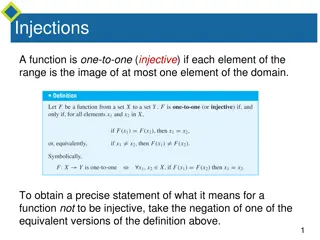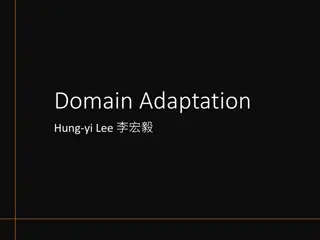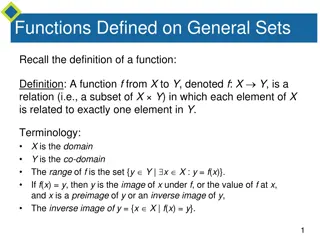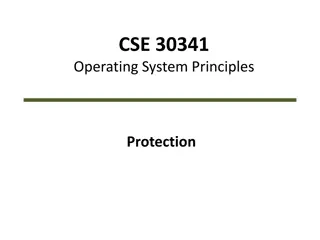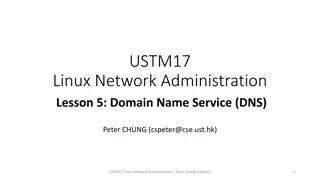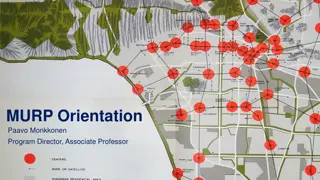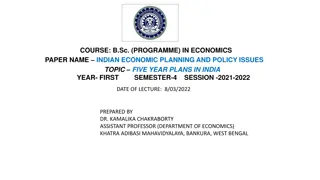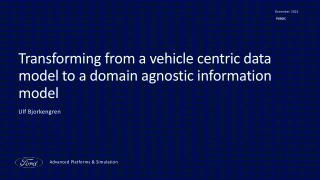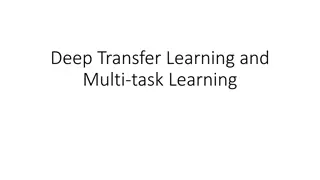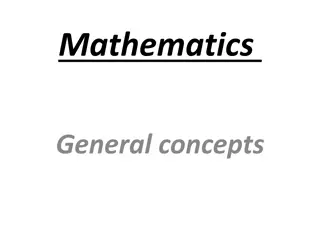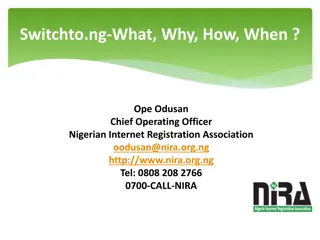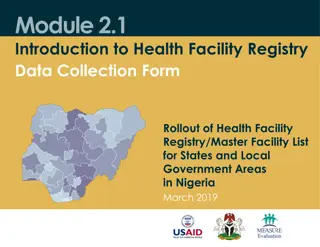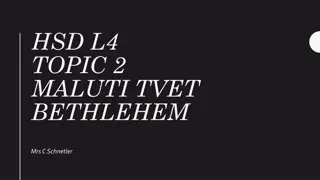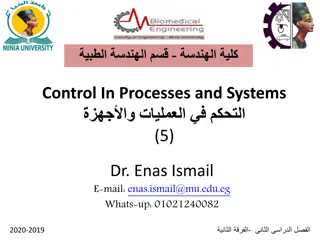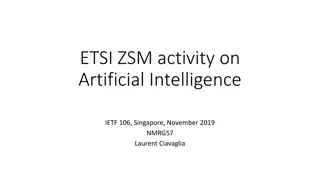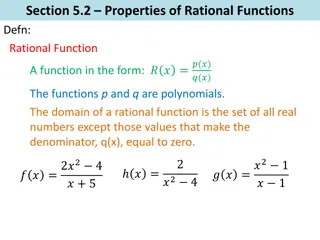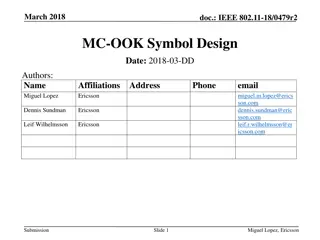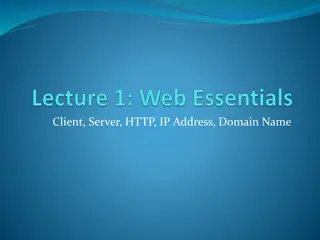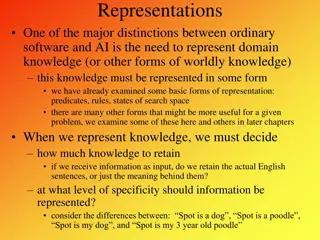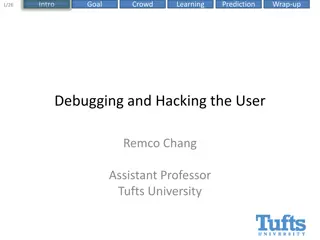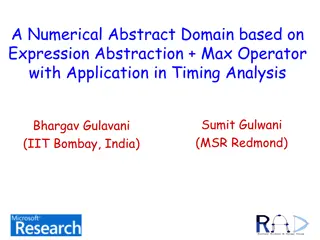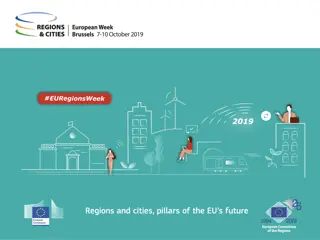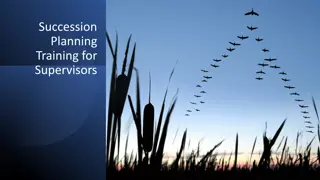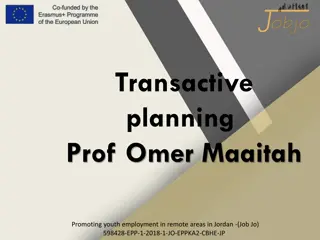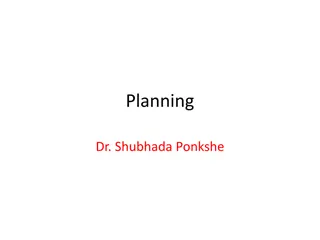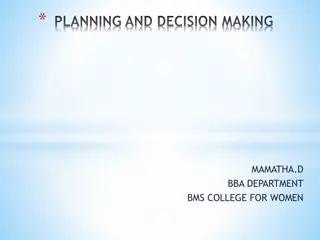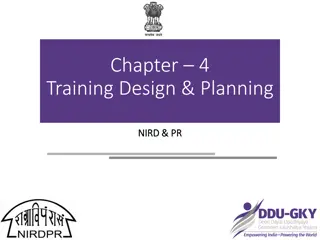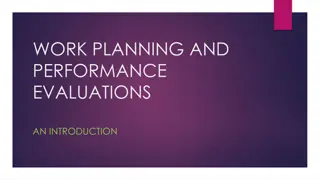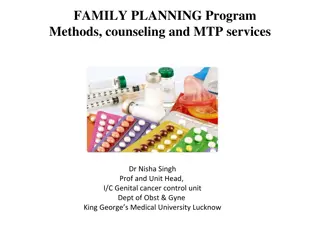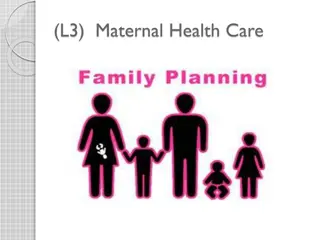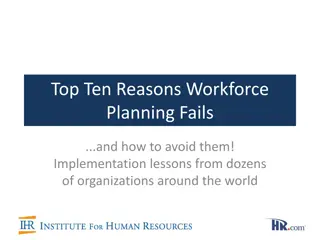Introduction to PDDL Planning Domain
PDDL (Planning Domain Description Language) is a language based on STRIPS with various extensions originally defined by Drew McDermott. It is used in the International Planning Competition (IPC) series and offers a standard input for many planners. Tasks are specified using two files: domain file and problem file, which outline objects, initial state, and goal state. The language allows representation of actions and their effects through predicates and operators, enabling efficient planning and problem-solving in various domains.
Download Presentation

Please find below an Image/Link to download the presentation.
The content on the website is provided AS IS for your information and personal use only. It may not be sold, licensed, or shared on other websites without obtaining consent from the author. Download presentation by click this link. If you encounter any issues during the download, it is possible that the publisher has removed the file from their server.
E N D
Presentation Transcript
PDDL Planning Domain Description Language Based on STRIPS with various extensions Originally defined by Drew McDermott (Yale) and others Used in the biennial International Planning Competition (IPC) series Many planners use it as a standard input
PDDL Representation A task specified via two files: domain file and problem file Problem file gives objects, initial state, and goal state Domain file gives predicates and operators; these may be re-used for different problem files Domain file corresponds to the transition system, the problem files constitute instances in that system
Blocks Word Domain File (define (domain hw5) (:requirements :strips) (:constants red green blue yellow) (:predicates (on ?x ?y) (on-table ?x) (block ?x) (clean ?x)) (:action pick-up :parameters (?obj1) :precondition (and (clear ?obj1) (on-table ?obj1) (arm-empty)) :effect (and (not (on-table ?obj1)) (not (clear ?obj1)) (not (arm-empty)) (holding ?obj1))) more actions ...)
Blocks Word Problem File (define (problem 00) (:domain hw5) (:objects A B C) (:init (arm-empty) (block A) (color A red) C A (on-table A) B B (block B) A C (on B A) (block C) (on C B) (clear C)) (:goal (and (on A B) (on B C))))
Blocks Word Problem File (define (problem 00) (:domain hw5) (:objects A B C) C A (:init (arm-empty) B B (block A) A C (color A red) (on-table A) Begin plan 1 (unstack c b) 2 (put-down c) 3 (unstack b a) 4 (stack b c) 5 (pick-up a) 6 (stack a b) End plan (block B) (on B A) (block C) (on C B) (clear C)) (:goal (and (on A B) (on B C))))
(1) Extend the domain: new objects Paint cans: A paint can holds only only color of paint. It can also be open (i.e., no lid) or not open (i.e., it s lid is on) Brushes: A brush can either be clean or loaded with paint of a particular color Water bucket: A water bucket is used to wash brushes
(2) Extend the domain: new actions painting an object a given color with a brush and can loading a brush with paint of a given color washing a brush in a water bucket to make make it clean Removing the lid of a paint can Replacing the lid of a paint can
Action preconditions To paint an object, it must be on the table and clear To paint something a color with a brush, it must be loaded with paint of that color To load paint bush with a color, you must be holding brush, it must be clean & there must be a paint can with that color that is clear & open. When a brush is loaded with a color it s not clean. To wash brush, making it clean, you must have a water bucket with nothing on it (i.e., is clear) and you must be holding brush To make paint-can open, it has to be not open and clear and on the table To make paint-can not open, it has to be open and clear and on the table
Problem p0.ppd ;; There is only one block, A, which is on the table. There is a ;; brush B on the table that is loaded with red paint. Our goal is to ;; have A be red and the arm empty. (define (problem p0) (:domain hw5_domain) (:objects a brush1) (:init (arm-empty) (block a) (on-table a) (clear a) (brush brush1) (on-table brush1) (clear brush1) (loaded brush1 red)) (:goal (and (color a red) (arm-empty))))
http://planning.domains/ http://planning.domains/
;; Block A is on the table, B is on A and C on B. On the table are a water ;; bucket, cans of red, green and blue paint stacked on each other and a clean ;; brush. The goal is to make A red, B green and C blue and to have A on B, B ;; on C and C on the table, the cans closed and the brush clean and arm empty. P4 (define (problem p4) (:domain hw5_domain) (:objects A B C can1 can2 can3 brush1 wb1) (:init (arm-empty) (block a) (on-table a) (block b) (on b a) (block c) (on c b) (clear c) (water-bucket wb1) (on-table wb1)(clear wb1) (paint-can can1 red) (on-table can1) (not (open can1)) (paint-can can2 green) (on can2 can1) (not (open can2)) (paint-can can3 blue) (on can3 can2) (clear can3) (not (open can3)) (brush brush1)(clean brush1)(on-table brush1)(clear brush1)) (:goal (and (arm-empty) (on a b) (on b c) (on-table c) (clear a) (color a red) (color b green) (color c blue) (not (open can1)) (not (open can2)) (not (open can3)) (clean brush1)))) http://planning.domains/
Fin Fin 13



